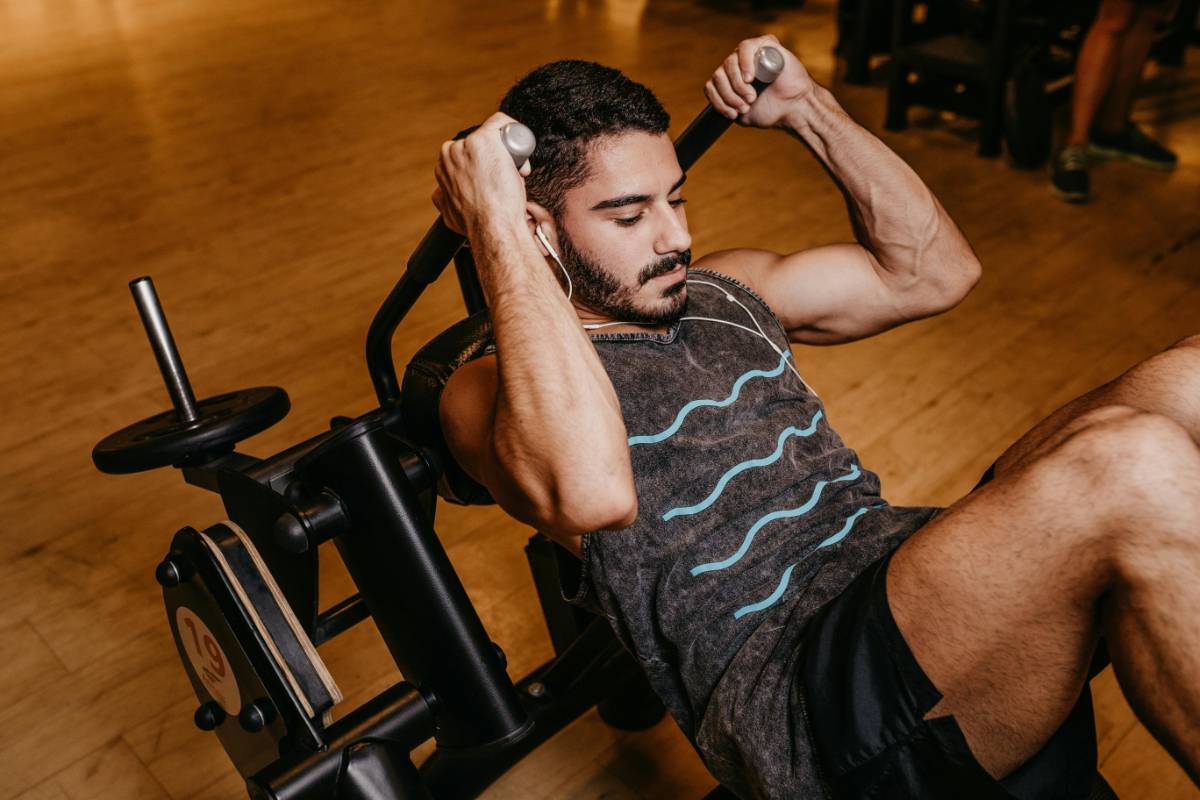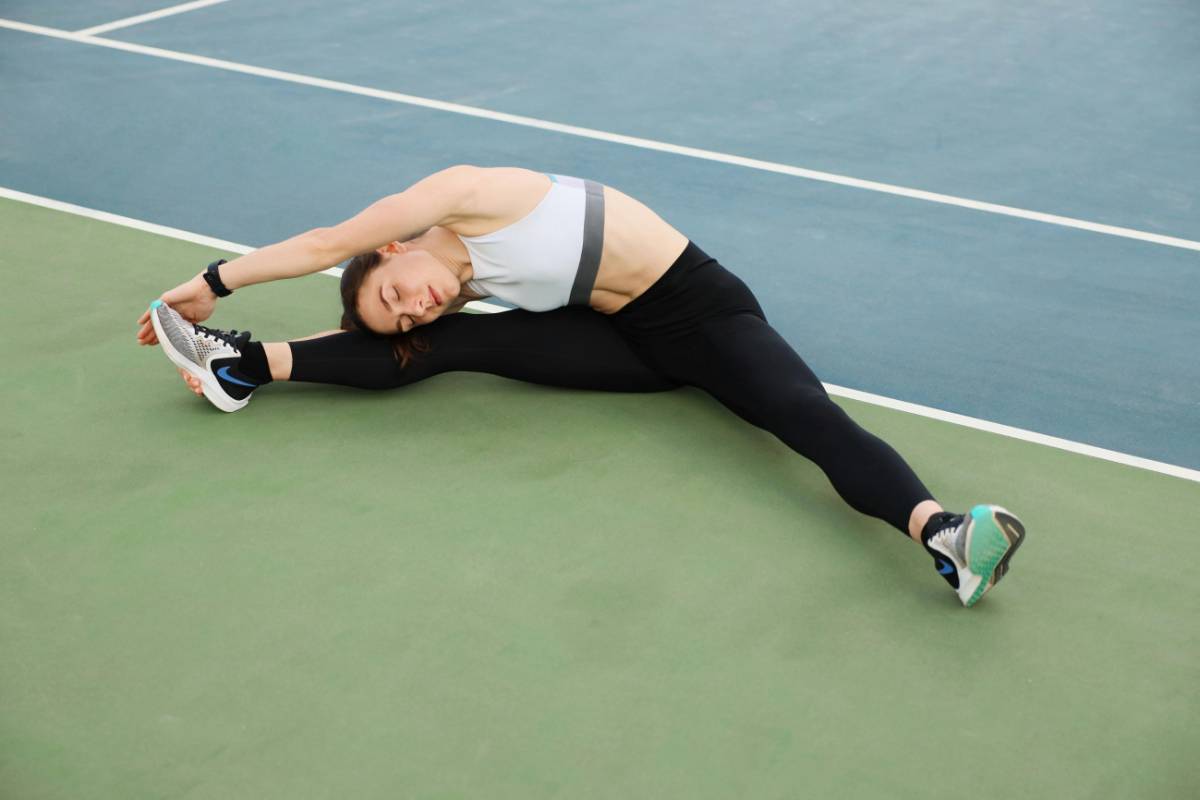Balancing Your Plate: Portion Control Tips

4 min read
|23 Jan 2025Portion control is a vital aspect of maintaining a balanced diet and achieving healthy weight management. By understanding and applying portion control techniques, you can ensure that you're consuming the right amount of food without overindulging. This article provides practical tips for balancing your plate and making portion control a natural part of your eating habits.
Why Portion Control Matters
Effective portion control helps manage calorie intake and prevents overeating. It plays a crucial role in maintaining a healthy weight and reducing the risk of various health issues. Here’s why it matters:
Prevents Overeating: Proper portion control helps prevent consuming excessive calories, which can lead to weight gain and associated health problems.
Promotes Nutritional Balance: By controlling portions, you can ensure a balanced intake of essential nutrients without exceeding your caloric needs.
Improves Digestion: Eating appropriate portions helps your digestive system process food more efficiently and can reduce discomfort or bloating.
Enhances Meal Enjoyment: Moderation allows you to enjoy your meals without feeling overly full or deprived, promoting a healthier relationship with food.
Tips for Portion Control
Here are some practical tips to help you balance your plate and control portions effectively:

Use Smaller Plates: Opt for smaller plates and bowls to naturally reduce portion sizes. Research shows that people tend to eat less when they use smaller dishware.
Measure Your Food: Use measuring cups or a food scale to determine accurate portion sizes. This practice helps you become more aware of portion sizes and avoid over-serving.
Read Nutrition Labels: Pay attention to serving sizes and nutritional information on food labels. This can guide you in serving appropriate portions and making healthier choices.
Fill Half Your Plate with Vegetables: Vegetables are low in calories and high in nutrients. Filling half your plate with vegetables ensures you get essential vitamins and fiber while keeping calorie intake in check.
Practice Mindful Eating: Eat slowly and savor each bite. Mindful eating allows you to recognize when you’re full, reducing the likelihood of overeating.
Plan Your Meals: Prepare balanced meals and snacks in advance to control portions and prevent impulsive eating. Meal planning helps you maintain consistency in portion sizes.
Avoid Eating Straight from the Package: Serve food on a plate rather than eating directly from the package. This practice helps you be more mindful of portion sizes and prevents mindless eating.
Incorporate Protein: Include lean protein sources in your meals to promote satiety and reduce hunger. Protein-rich foods can help you feel fuller longer and manage portion sizes more effectively.
Stay Hydrated: Sometimes thirst can be mistaken for hunger. Drink water before meals to stay hydrated and help control your appetite.
Listen to Your Body: Pay attention to your hunger and fullness cues. Eat when you’re hungry and stop when you’re satisfied, rather than eating until you’re full.
Balancing your plate through portion control is essential for maintaining a healthy diet and achieving weight management goals. By implementing these tips, you can make portion control a natural part of your eating habits and promote overall well-being. Remember that portion control is not about deprivation but about finding a balance that works for your body and lifestyle. With mindful practices and a focus on nutrition, you can enjoy your meals and stay on track with your health goals.
MORE ARTICLES

4 min read | 04 Feb 2025
Natural Oils That Promote Hair Growth
Natural oils have long been celebrated for their potential to promote hair growth and enhance overall hair health. These oils contain essential nutrients, vitamins, and fatty acids that nourish the scalp, strengthen hair follicles, and encourage new growth. In this article, we’ll explore some of the most effective natural oils for promoting hair growth and how to incorporate them into your hair care routine.

4 min read | 03 Feb 2025
How to Achieve Salon-Quality Hair at Home
Achieving salon-quality hair at home is possible with the right techniques, products, and tools. While professional salon treatments are beneficial, you can also create beautiful, healthy hair by adopting effective at-home hair care practices. In this article, we’ll explore how to achieve salon-quality hair at home with practical tips and recommendations.

2 min read | 02 Feb 2025
Why You Should Consider Sulfate-Free Shampoos
Sulfate-free shampoos have gained popularity in recent years as consumers become more aware of the potential effects of sulfates on hair and scalp health. Sulfates are surfactants commonly found in shampoos and other cleaning products, known for their ability to create a rich lather. However, there are compelling reasons to consider switching to sulfate-free shampoos. In this article, we’ll explore the benefits of sulfate-free shampoos and why they might be the right choice for your hair care routine.

5 min read | 01 Feb 2025
Best Practices for Coloring Your Hair at Home
Coloring your hair at home can be a convenient and cost-effective way to refresh your look. However, achieving salon-quality results requires careful preparation and technique. By following best practices, you can ensure that your hair color turns out vibrant and even while minimizing potential damage. In this article, we’ll cover essential tips and best practices for coloring your hair at home.

4 min read | 31 Jan 2025
How to Treat Dandruff Effectively
Dandruff is a common scalp condition characterized by the shedding of dead skin cells, often accompanied by itching and flakiness. While it is not usually a serious health concern, dandruff can be bothersome and affect your confidence. Fortunately, there are several effective strategies and treatments available to manage and reduce dandruff. In this article, we’ll explore how to treat dandruff effectively and keep your scalp healthy.

2 min read | 30 Jan 2025
The Importance of Using Heat Protectant on Your Hair
Heat styling tools such as blow dryers, flat irons, and curling irons can help you achieve your desired hairstyle, but they can also cause significant damage to your hair if not used properly. One crucial step in protecting your hair from heat damage is using a heat protectant. In this article, we’ll discuss the importance of using heat protectant on your hair and how it can help maintain its health and appearance.
RECENT POSTS
1
How to Transition to a Plant-Based Diet
5 min read | 12 Mar 20252
The Importance of Fiber in Your Diet
4 min read | 11 Mar 20253
10 Healthy Snacks You Can Make in Under 10 Minutes
2 min read | 10 Mar 20254
Understanding Macronutrients: Carbs, Proteins, and Fats
5 min read | 09 Mar 20255
How to Meal Prep for a Week of Healthy Eating
5 min read | 08 Mar 20256
The Basics of a Balanced Diet: What You Need to Know
3 min read | 07 Mar 2025MORE POSTS

Low-Carb vs. Low-Fat Diets: What Works Best?
3 min read | 18 Jan 2025
The Role of Fiber in Weight Management
4 min read | 17 Jan 2025
Understanding Macronutrients and Micronutrients for Weight Loss
4 min read | 16 Jan 2025
The Role of Nutrition in Supporting Your Workout Routine
4 min read | 16 Apr 2025
Seasonal Workout Routines to Keep Your Fitness Fresh
5 min read | 15 Apr 2025





